A well-planned flower bed can be a visual delight and a haven for pollinators. But crafting a beautiful bed can feel daunting—no one wants to lose plants after all that work! Here’s a 4×8 ft layout that balances structure, color, and bloom succession—plus tips to adapt it for your space.
This flower bed is best suited for zones 6-8 (with some wiggle room on either side), and is based on two garden beds I grew a few years ago in the UK. Now that I’m in the Desert Southwest, this layout isn’t so practical for me anymore—but it’s perfect for many of you!
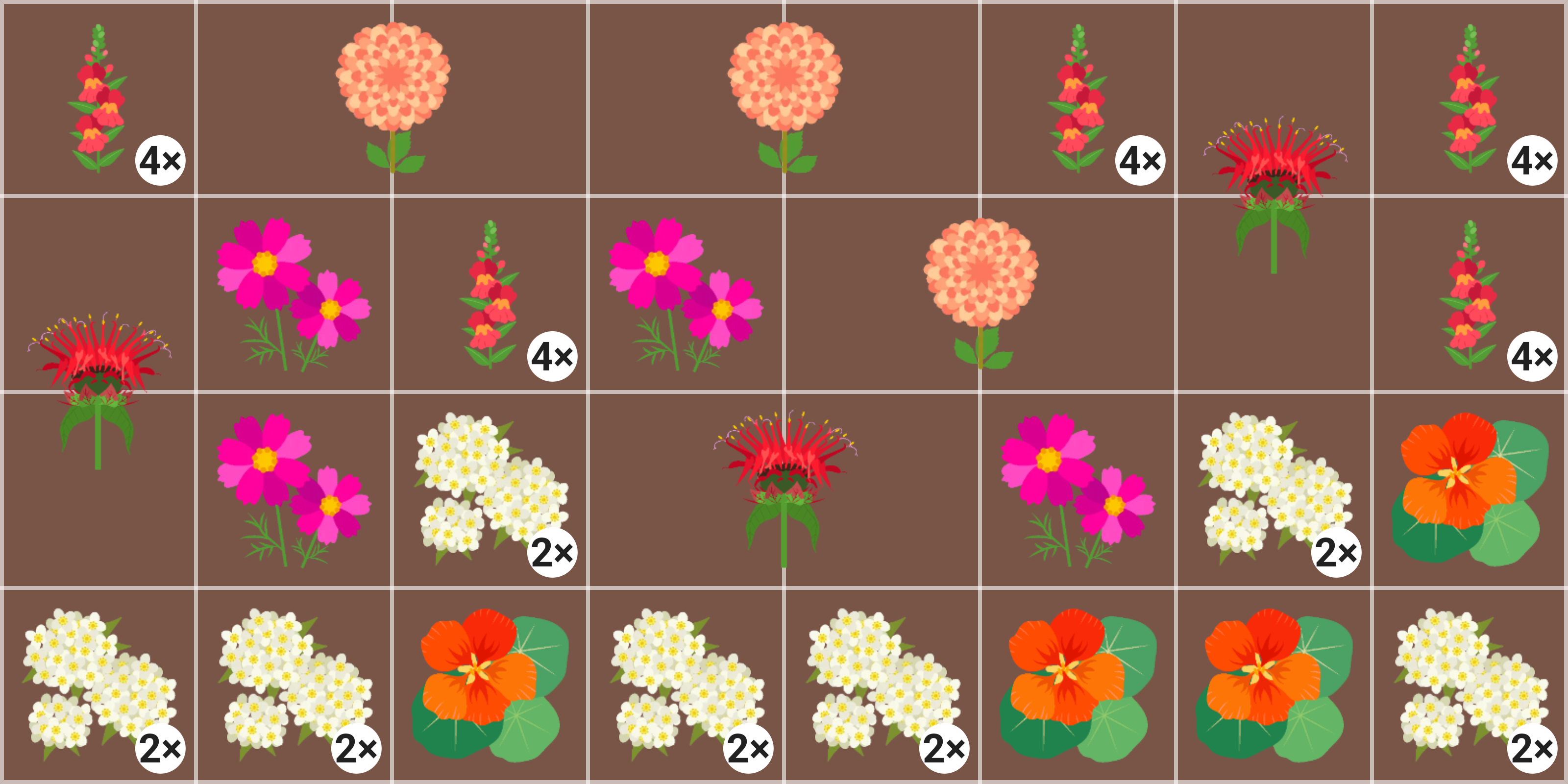
The Plant List
This plan uses six pollinator-friendly favorites, chosen for height variation, texture, and bloom time. All of these are available in the Planter App too:
- Dahlia – Tall, dramatic blooms in late summer to fall. Great focal points with vibrant, full color.
- Snapdragon – Upright early bloomers that bring vertical structure. Excellent for bees, and a good contrast to the looser growth habits of the other plants.
- Bee Balm (Monarda) – A favorite of bees and hummingbirds. Mid-season bloomers with bold texture and striking, unusual flower shapes.
- Cosmos – Airy foliage and daisy-like flowers that bloom all summer. Great for filling in gaps in the display.
- Alyssum – Low-growing and fragrant, ideal for softening edges. Looks lovely when allowed to spill gently over borders and into neighboring zones.
- Nasturtium – Edible, trailing blooms that add color and charm.
Together, these plants will support bees, butterflies, and hummingbirds (if they’re around where you live) across the season, with vibrant blooms across the bed from early Spring to late Fall.
The Layout
The Planter App works in squares, which is excellent for most garden plans. However, curves often work better when it comes to flower beds, helping the display feel natural and unified. This design uses three main zones:
- Tall show plants – Dahlias and snapdragons primarily occupy the back of the bed, so they don’t overshadow the others.
- Medium-height massing plants – Cosmos and bee balm help create a smooth transition with lots of texture and interest.
- Low, trailing plants – Alyssum and nasturtiums fill the front. You could also add marigolds here for more color.
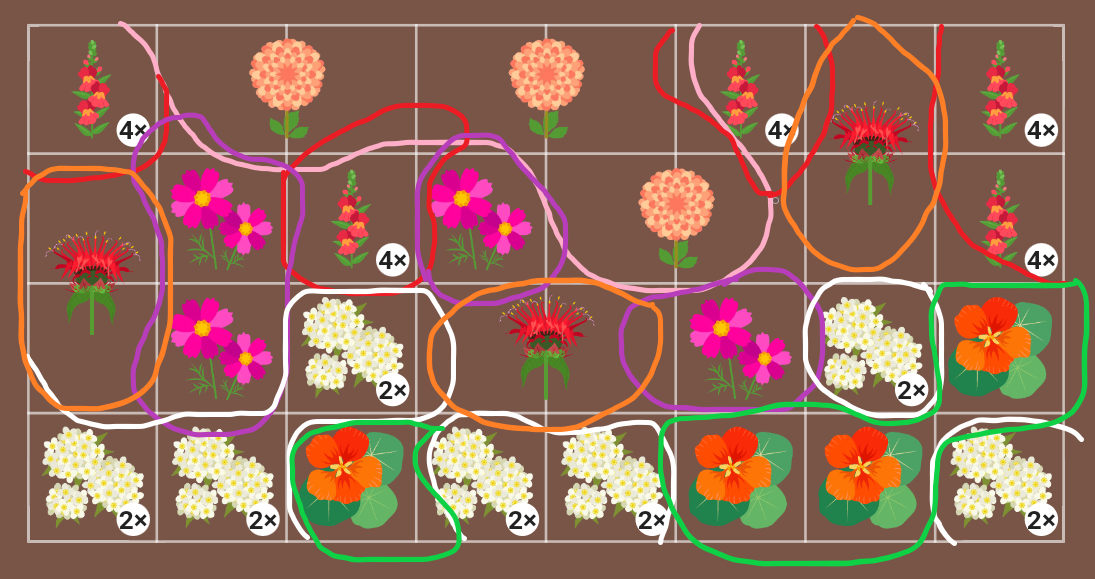
I like to mark up my designs (this one was done in MS Paint) to visualize how plants will overlap and where the curves will be. I’ve aimed for plenty of overlap at the front to form a carpet that helps suppress weeds and hides bare stems that appear later on taller plants like cosmos and bee balm.
This can also be done using paper and pencil, which is generally my preferred method.
Design Principles
Rather than scattering individual plants, this design uses clusters, which offer several advantages:
- You’re less dependent on one plant thriving.
- Transitions between zones look smoother.
- Blooms make more visual impact in groups.
Key details:
- Snapdragons are placed in mirrored sets of four, anchoring both ends and the center.
- Cosmos and Alyssum are repeated throughout the bed, tying everything together.
- Nasturtiums are staggered in three bold patches, balancing structure with a bit of whimsy.
This approach avoids what can become a chaotic look by grouping plants by height, spacing out bloom times, and varying color just enough. Keep in mind, though, that some controlled chaos can work wonderfully too! You can balance the look and feel of your flower bed to your tastes!
You can mix and match color palettes for most of these plants. I lean toward a mix of pinks, reds, and oranges, with white Alyssum. This design would also work wonderfully with a varied blend of colors throughout; it’s very flexible.
Try purples, blues, and soft whites for a more calming palette, or go bold with fiery reds and oranges to draw in butterflies and hummingbirds.
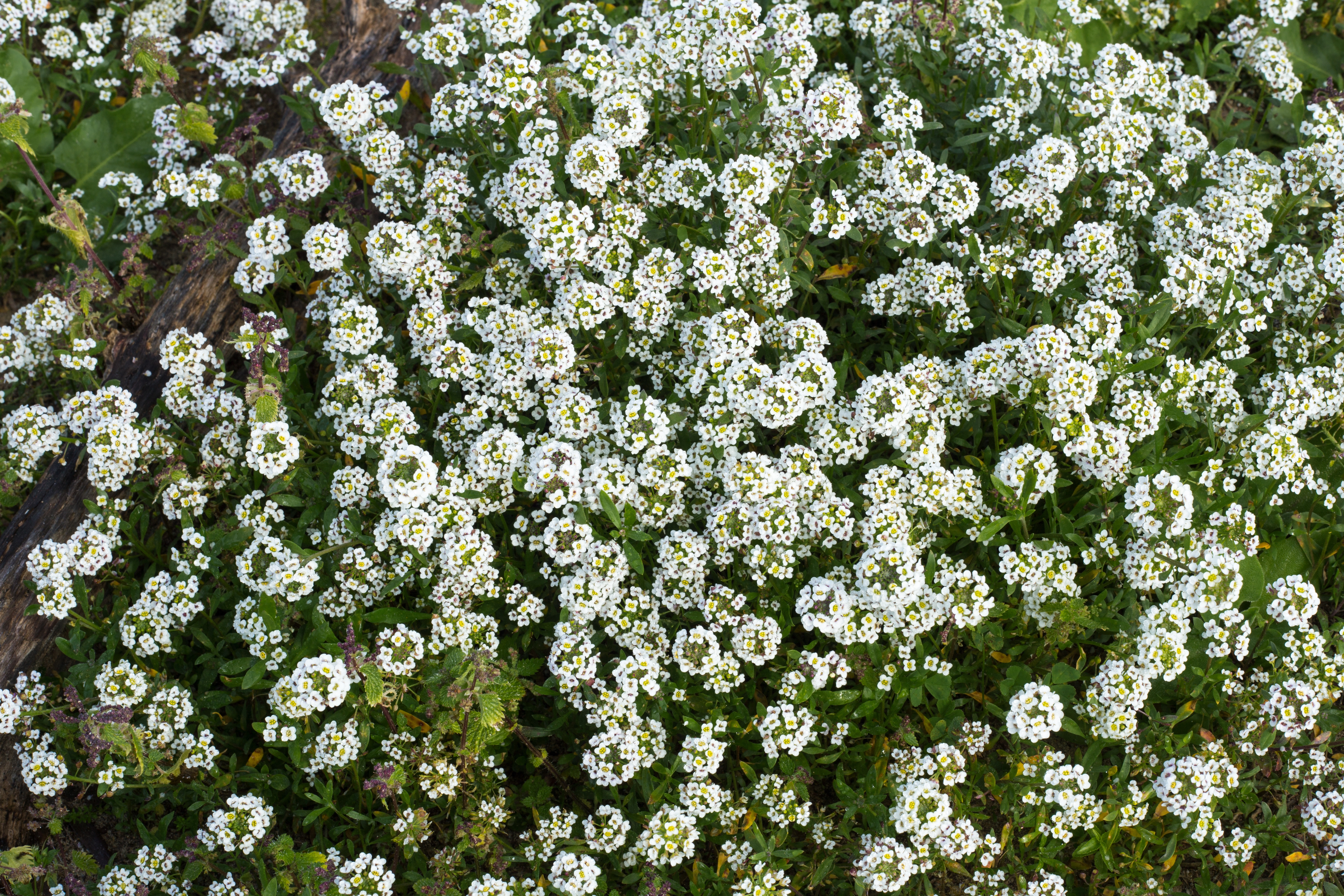
Symmetry and Flow
The layout has a mirrored structure, which helps guide the eye across the bed and gives it an intentional, restful feel, even when it’s bursting with blooms.
- Snapdragons bloom early.
- Cosmos and Bee Balm take over in midsummer.
- Dahlias bring the season to a grand finale.
- Nasturtiums and Alyssum offer continuous color and scent with minimal effort.
Layering bloom times means there’s always something happening in the bed. And if you keep up with deadheading, many of these plants will bloom more than once.
The symmetry here is almost—but not perfectly—balanced. That’s intentional. Perfect symmetry can feel stiff, and if one plant fails, it becomes obvious. Slight variation helps the design feel natural.
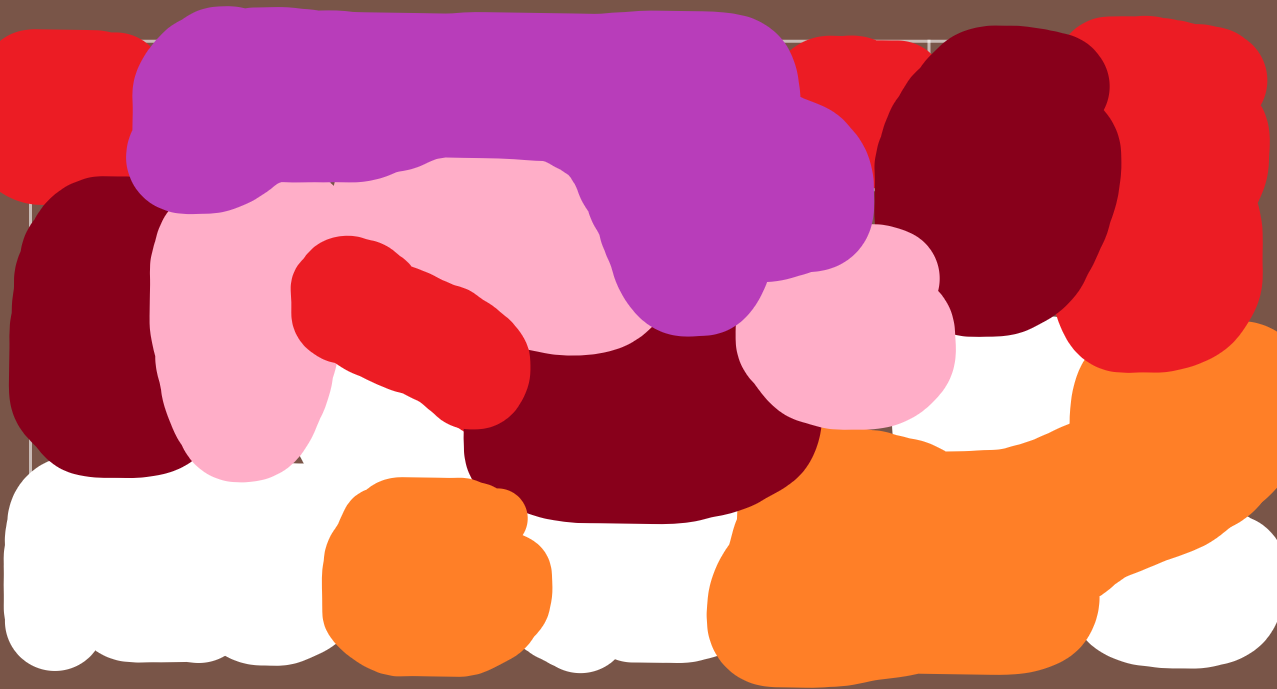
Plant Numbers
With flowers, you have a little more wiggle room than with vegetables, in terms of space. I always plant more than I need so I can adjust as things grow (or don’t). Here’s what I’m planning for this bed:
- Dahlias: 4-6
- Bee Balm: 4–5
- Cosmos: 6–8
- Nasturtiums: 5-10 (size varies a lot)
- Alyssum: 16-18
- Snapdragons: Same as the original plan
Since I’m starting from seed (and tubers for the dahlias), some loss and thinning are expected. The key to flower gardening is flexibility—you can always thin or expand a patch if something doesn’t thrive.
Tips For Success
- Staking: Dahlias and Cosmos may need support midseason.
- Thinning: Bee Balm can get mildew if crowded. Improve airflow by removing a few plants if needed.
- Deadheading: Keep Alyssum, Cosmos, and Snapdragons blooming by removing spent flowers.
Feeding: Nasturtiums prefer poor soil and minimal feeding. Dahlias, on the other hand, are heavy feeders.

Adapting This for Your Garden
This style of layering and massing works in beds of any size, though smaller beds benefit from fewer large plants. In this 4×8, I’ve included three tall species: dahlia, bee balm, and snapdragon, which might be too much for, say, a 2×4 ft bed.
For a smaller version, you could:
- Keep the Alyssum and Nasturtium at the front.
- Mix Bee Balm and Cosmos together more densely.
- Add 4–5 scattered Snapdragons to break up the display.
Or
- Offset five Dahlias in a staggered pattern.
- Fill in with Alyssum and Marigolds at the front.
- Fill in with Snapdragons at the rear.
For larger and/or longer beds, try extending the central massing of Bee Balm and Cosmos into a broader wave or repeating the Snapdragon/Dahlia anchor at intervals to create rhythm across the space. Long borders do well with layered depth—taller plants in the back, of course, but also repeating colors or shapes to tie the space together.
Don’t be afraid to get out some pencils and paper. Sketch out designs and get a feel for the space; a small bed can accommodate a lot of flowers.
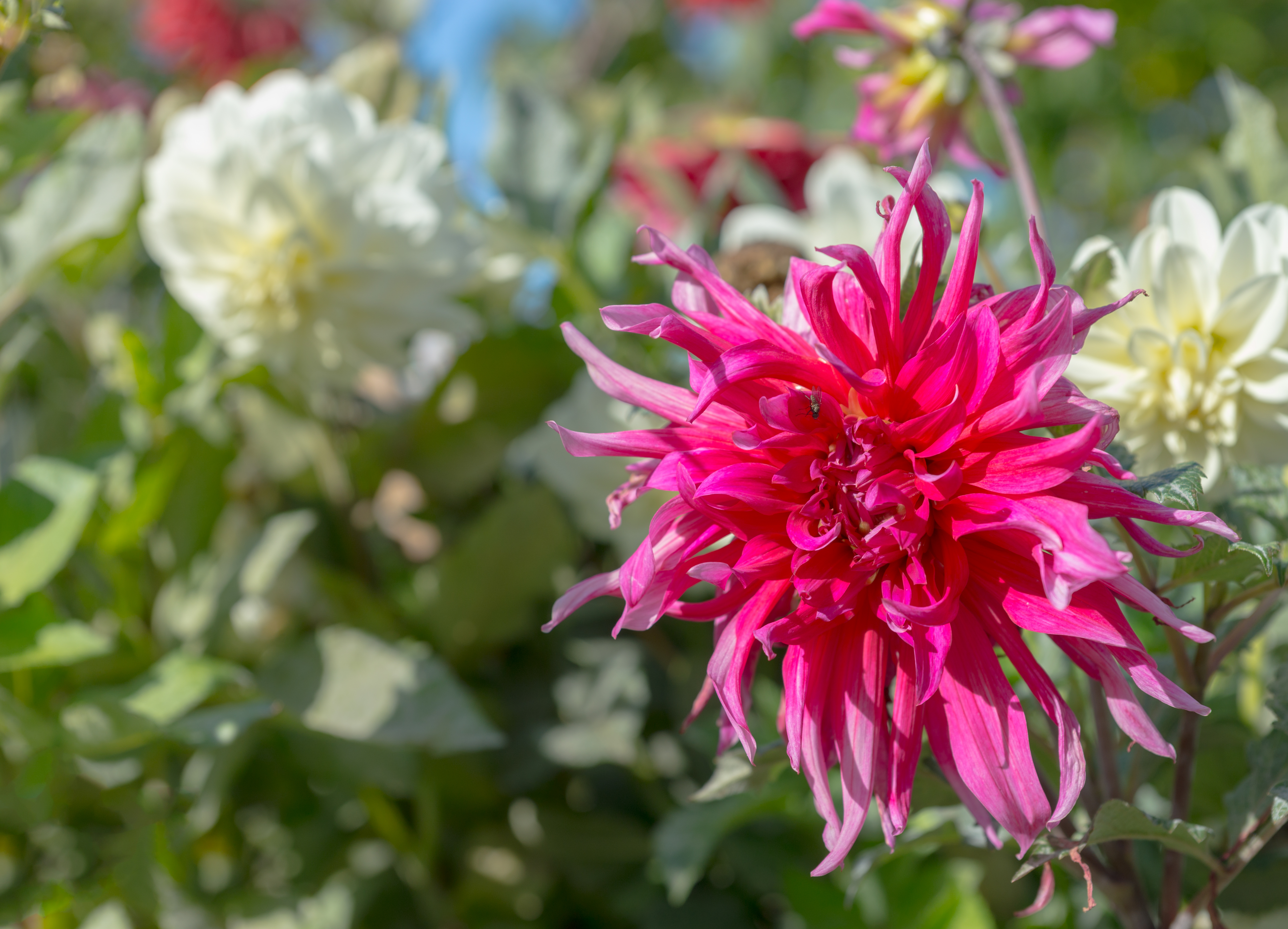
Wrapping Up
This 4×8 design shows how even a modest flower bed can feel lush, layered, and pollinator-friendly. With attention to grouping, height, and bloom timing, you can create a garden that feels both abundant and thoughtfully composed—one that thrives even if a few surprises pop up.
